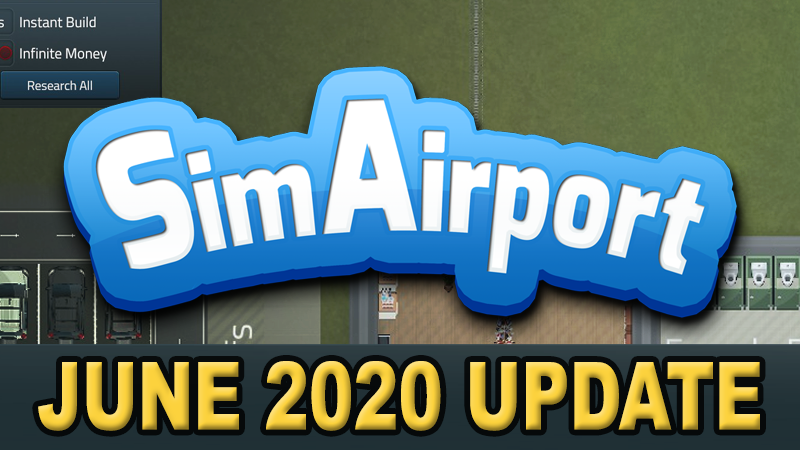

- #Simairport gonna get sued movie#
- #Simairport gonna get sued pdf#
- #Simairport gonna get sued update#
- #Simairport gonna get sued android#
The only difference in Adobe's version of TouchType is that there's a space between "Touch" and "Type" (which TouchType made really easy to do), and that it came decades later! Adobe even CALLED it the "Touch Type Tool", but didn't give him any credit or royalty.
#Simairport gonna get sued movie#
If the Helvetica font can have a movie all about it, I think the story of PostScript deserves a whole miniseries! "showpage: the PostScript Documentary"īrian Reid is also known for Scribe, the Usenet Cookbook, and is well respected enough in computer security circles that Kevin Mitnick impersonated him on the phone to gain people's trust! )īrian's brother Glenn Reid was also very active in the PostScript world, he worked for Adobe (Illustrator), Apple (iMovie) and Fractal Design (Painter, Dabbler, Poser), and NeXT (Interpersonal Computing).Īround 1990, Glenn Reid independently designed and developed a delightfully original "Font Appreciation" app for NeXT called TouchType, which decades later only recently somehow found its way into Illustrator. I really love Brian's first-hand account of the origins of PostScript that he posted to laser-lovers!
#Simairport gonna get sued update#
I'll update the Wikipedia page if I get any more information.
#Simairport gonna get sued pdf#
Unfortunately, I can't find a copy of it online (wouldn't it be deliciously ironic to find a PDF rendering of the Interpress Source Book? ), so I can't check if the citation literally says Interpress was based on Forth, but I've asked Brian Reid if he had a copy or knew a better citation. The reference is to: Harrington, Steven Buckley, Robert R.

Thanks for writing and updating such a great well researched article!įunnily enough, the first sentence of the Wikipedia page about Interpress literally says: "Interpress is a page description language developed at Xerox PARC, based on the Forth programming language and an earlier graphics language called JaM." Was available at Stanford on the Xerox Alto computers, where I first Warnock implemented JAM on various Xerox workstations by 1981 JAM Processes each token completely before moving to the next. Means that the JAM interpreter reads a stream of input tokens and System, JAM was "token based" rather than "command line based", which Had the same postfix execution semantics as Gaffney's Design System,Īnd was based on the Evans and Sutherland imaging model, butĪugmented the E&S imaging model by providing a much more extensive There he teamed up with Martin Newell in producing an interpreted John Warnock joined Xerox PARC in 1978 to work for Chuck Geschke. Like all successful software systems, the Design System slowlyĮvolved as it was used, and many people contributed to that evolution. HeĬombined the execution semantics of the Burroughs machines with theĮvolving Evans and Sutherland imaging models, to produce the Design Their stack-oriented architectures made a big impression on him. Illinois, where he had used the Burroughs B5500 and B6500 computers. Gaffney came to E&S from graduate school at the University of Here's a much more accurate and detailed historical account of the history of Interpress, written by Brian Reid: Stack based architectures (like the Burroughs B5500 and B6500, developed in 1962, which directly inspired Design System => JAM => Interpress => PostScript) have been around a lot longer than Forth (developed in 1970), and simply using a stack doesn't make a language Forth.
#Simairport gonna get sued android#
That's like saying that because Java byte code uses a stack, your Android phone is based on Forth. JAM and Interpress were only conceptually related to Forth, in that they used postfix semantics. Xerox's laser printers were never "based on Forth".

>This new printer was based on a small, stack-based Turing-complete language called Forth, and they named it… the Interpress!


 0 kommentar(er)
0 kommentar(er)
